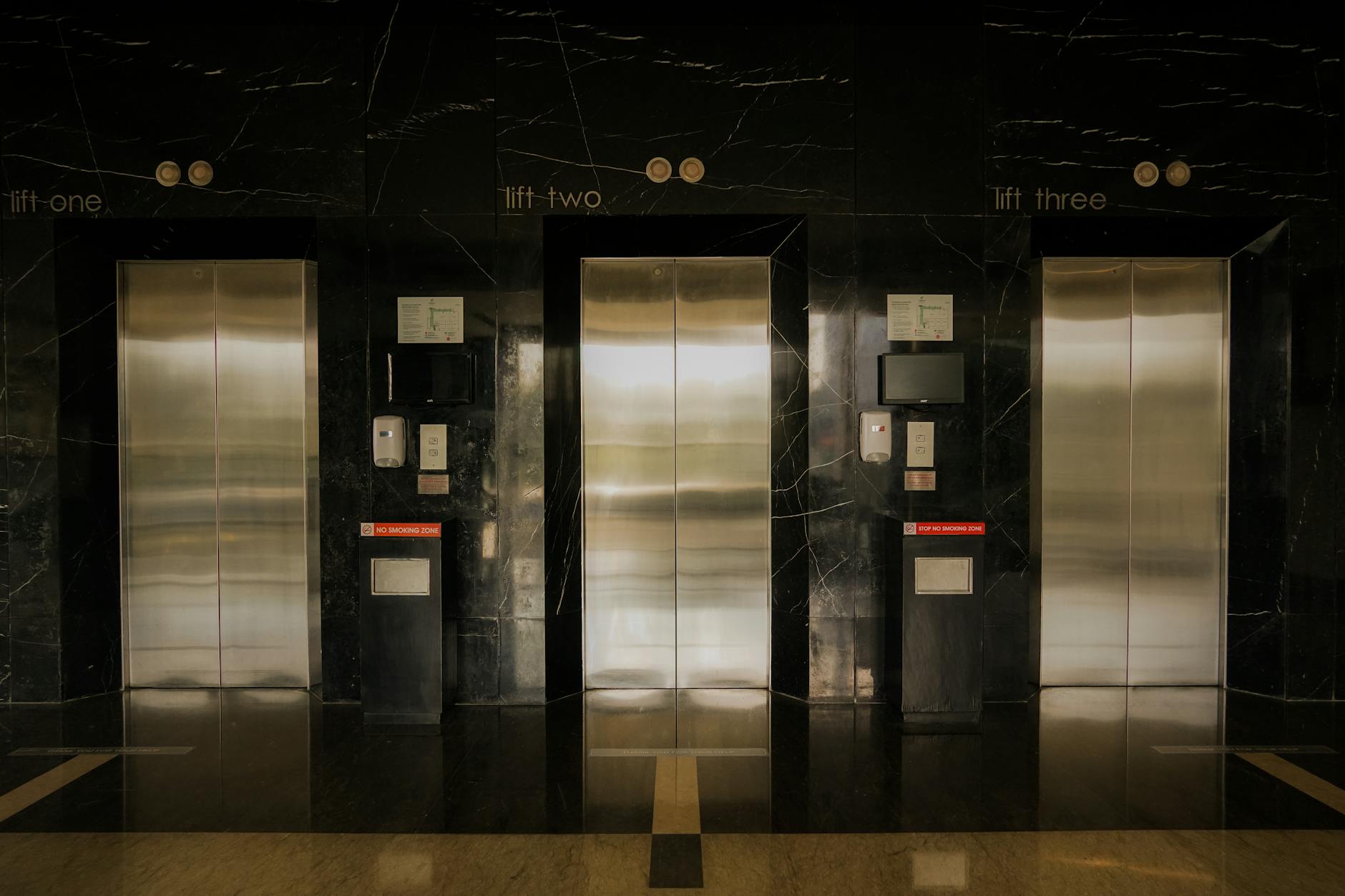Emerging Trends in Commercial Real Estate Leasing and Brokerage
Emerging trends in commercial real estate leasing and brokerage are reshaping the dynamics of one of the most vital sectors in the global economy. With shifting business models, evolving tenant expectations, and technological innovations, the commercial real estate (CRE) landscape is experiencing significant transformation. From the rise of flexible office spaces to the integration of advanced data analytics in property management, brokers and landlords are adapting to meet the changing demand. This article explores the key developments that are influencing leasing strategies and brokerage practices, emphasizing how market participants can thrive in this competitive environment. Understanding these trends is essential for stakeholders seeking sustainable growth and effective asset management in the years ahead.
Changing tenant demands and the rise of flexible leasing
One of the most noticeable shifts in commercial real estate leasing is the rising preference for flexible lease terms. Traditional long-term leases—often spanning 5 to 10 years—are increasingly being replaced or supplemented by short-term, adaptable agreements. This change is driven primarily by tenants’ needs for agility in uncertain economic conditions and rapidly evolving business models.
Flexible office spaces, coworking environments, and month-to-month leasing options have gained momentum, especially among startups, small to medium enterprises, and even larger corporations seeking to diversify location strategies. This trend not only allows tenants to scale their footprint up or down based on operational requirements but also demands brokers to develop new skill sets for structuring and marketing these versatile lease products.
Technology transforming brokerage and leasing processes
Technological advancements have dramatically altered how commercial real estate transactions occur. Brokers increasingly leverage digital platforms, data analytics, and artificial intelligence to streamline leasing workflows and improve decision-making.
Some notable technologies include:
- Property management software that integrates lease tracking, communications, and payment processing.
- Virtual tours and augmented reality tools enabling remote property viewings and immersive experiences, widening potential tenant pools.
- Big data analytics helping brokerages identify market trends, pinpoint high-value prospects, and optimize pricing strategies.
The adoption of such tools is enhancing transparency, accelerating deals, and reducing operational overhead for leasing agents and landlords alike.
Sustainability and wellness impacting leasing decisions
Increasingly, sustainability and wellness features are becoming pivotal factors in commercial leasing decisions. Tenants now prioritize buildings with green certifications such as LEED or WELL, recognizing that such amenities contribute to environmental responsibility and employee well-being.
Landlords who invest in energy-efficient systems, air quality improvements, and access to natural light are able to attract higher-quality tenants willing to pay premium rents. Brokerage firms are responding by emphasizing these attributes in marketing materials and lease negotiations, often factoring in incentives or lease terms that support sustainable improvements.
The evolving role of brokers in a dynamic market
As leasing models evolve and technological tools proliferate, brokers must reposition themselves not merely as transactional middlemen but as strategic advisors and data-driven consultants. Providing insights on market trends, space optimization, and tenant retention strategies adds value beyond basic brokerage functions.
Building strong relationships with both tenants and landlords, combined with expertise in flexible leasing and sustainability trends, distinguishes successful brokers in the current market. Additionally, brokers who embrace innovation and adaptive approaches are better equipped to tackle the complexities arising from hybrid work patterns and emerging asset classes like logistics centers and last-mile distribution hubs.
| Trend | Driver | Impact on leasing and brokerage |
|---|---|---|
| Flexible leasing | Demand for agility and cost control | Shorter lease terms, adaptive spaces, new contract structures |
| Technology adoption | Efficiency and data insights | Virtual tours, automated workflows, predictive analytics |
| Sustainability and wellness | Tenant preferences and regulatory pressures | Green certifications, enhanced amenities, premium rents |
| Evolving broker role | Complex market demands | Consultative services, data-driven advice, relationship focus |
In conclusion, the commercial real estate leasing and brokerage landscape is undergoing a profound evolution fueled by tenant preferences, technological innovation, environmental concerns, and shifting market roles. Flexible leasing is becoming the norm as businesses seek adaptability in uncertain times, necessitating brokers to tailor agreements that reflect agility. Concurrently, technology enhances efficiency, market insight, and tenant engagement, transforming traditional transaction methods. Simultaneously, sustainability and wellness have emerged as key differentiators in attracting and retaining tenants, pushing landlords to retrofit properties or develop green assets. Lastly, brokers find themselves in a position to provide holistic advisory services beyond simple deal facilitation. To succeed, all stakeholders must embrace these interconnected trends, leveraging them to create resilient, attractive, and future-ready commercial spaces.
Image by: Salman Haris
https://www.pexels.com/@salman-haris-513980394
editor's pick
latest video
news via inbox
Nulla turp dis cursus. Integer liberos euismod pretium faucibua


